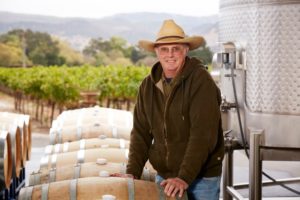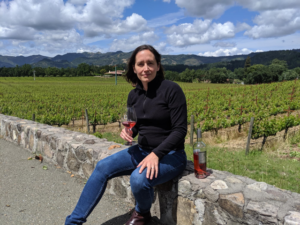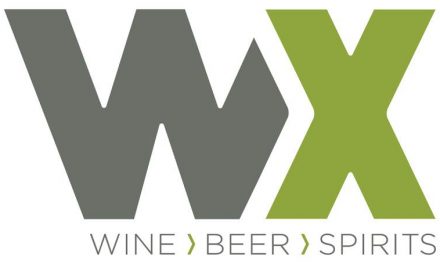A big upside to this pandemic is that we’re learning what really makes us #WineFamilyStrong. Vines still rule. They set the agenda. They remind us of our intimate relationship with the earth. One thing that’s struck me is how ardently wineries have fought to retain their valuable staffs.

“Virtual visits and tastings will become a supplement to live visits in the future.” —Tom Gamble, Gamble Family Vineyards
Hahn Family Wines in Monterey, Calif., put its tasting room people to work in the vineyards—pruning, shoot thinning, leaf pulling, and hedging. GM/winemaker Paul Clifton says, “One thing is certain: The entire staff deeply understands what goes into a bottle of wine now. They can be so much more knowledgeable in front of customers.”
Winemaker Charlie Kidd of Cooper Ridge Vineyard in Roseburg, Ore., says it redirected its staff as well. “The tasting room staff are really enjoying learning and being hands-on. Being in the vineyard is the best way to understand wine.”
Tom Gamble of Gamble Family Vineyards (Napa, Calif.) says he and his wife, Collette, decided to put their personal life on hold and do their best to keep their tight-knit team together. Like many, they did receive PPP (a Paycheck Protection Program loan), which helped during the darkest period. “We had no clarity on what the next day would bring, but clarity is an expensive thing,” he says. “The team had been creative and industrious and cooperative and had helped us build the business from when it was literally operated from our kitchen table. We had endured hard times before and, if we let go those who ably and loyally helped us, how much and who would we lose when we rehired? How much further behind would we be?”

We took on projects we never had time for before.” —Laura Diaz Muñoz, Ehlers Estate
The Gambles’ decision to diversify sales channels a few years ago (selling to more stores, to more states, and internationally) was a godsend: “As a farmer, I know one must always diversify. This year has proven its value, and we’ve been able to redirect all of our lost revue from restaurant sales into this channel. It’s been the real saving grace.”
At Ehlers Estate in Napa Valley, winemaker and GM Laura Diaz Muñoz retained her staff of eight throughout. “I assigned them the kind of tasks and jobs that we always postpone during ‘normal’ times. We took on projects we never had time for before.” Muñoz says rather than PPP, the team doubled down on telesales and online sales. “We found out that it really works just to be connected with our Wine Cub members. They really appreciated the calls and emails, because we were bringing a little bit of Napa Valley to them. I’m planning to keep doing it during other challenging times we have in the valley, like fires and power outages.” Now that’s looking on the bright side!.

“Online tastings seem so much more personal. No masks or gloves, not to mention no dirty glasses and no extra cleaning.” —Kathleen Inman, Inman Family Winery
Reopening tasting rooms brought even bigger challenges. Kathleen Inman of Inman Family Wines (Santa Rosa, Calif.) says the constant cleaning, sanitizing, and explaining everything—ensuring people [both her staff and visitors] comply—is, honestly, exhausting. “Online tastings seem so much more personal. No masks or gloves, not to mention no dirty glasses and no extra cleaning.”
Gamble agrees. “Virtual visits and tastings will become a supplement to live visits in the future. That said, nothing replaces in-person interaction, celebrating the communal aspect of wine.”
Curtis Pipes of Las Positas Winery in Livermore, Calif., plans to welcome visitors back with seated outdoor tastings featuring small bites. “My culinary and restaurant managing days are back, 10 years later,” he laughs. “Funny how certain skills become useful in helping transition the future of the wine tasting experience. This is just the beginning.”











